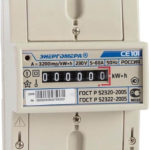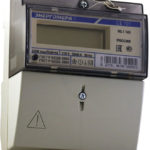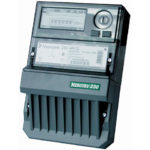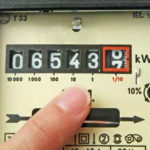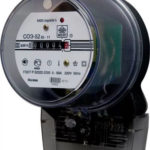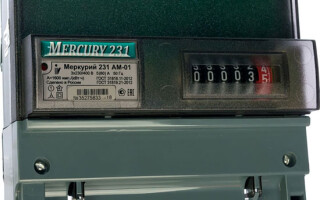To account for the consumption of electricity in each apartment or house, electric meters. The correctness of their work is checked at regular intervals. This verification is called validation.
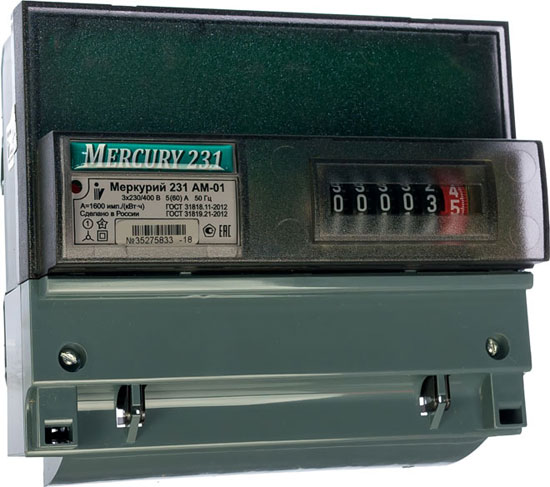
Content
- 1 What is verification of electric meters
- 2 Types of verifications
- 3 Do I need to calibrate new electric meters
- 4 Where to go for verification
- 5 What marks are made after verification
- 6 Is it possible not to remove the electric meter
- 7 How much does verification cost
- 8 Who pays for the service
- 9 What to do if the verification period has expired
- 10 Is there liability for non-compliance with verification?
- 11 Conclusion
What is verification of electric meters
Federal Law of the Russian Federation No. 102 (On Ensuring the Uniformity of Measurements) and law no. 261 (On energy saving and on improving energy efficiency, as well as on making adjustments to certain legislative acts of the Russian Federation) they say that only verified electricity meters are allowed to work.
Verification is a mandatory procedure, it confirms the serviceability of the measuring device for the implementation of accounting tasks. It is a comparative analysis of the readings of an electric meter with a reference one that has a smaller error. Based on the measurements obtained, performed according to the verification procedure for a specific model of the device, the error value is determined. As a result of the procedure, a verification certificate or a certificate of unsuitability is issued.
The verification procedure is as follows:
- Inspection of the counter for damage;
- Checking the strength of electrical insulation;
- Determination of errors in the operation of the counting mechanism;
- Check the device for self-propelled;
- Checking the sensitivity threshold value.
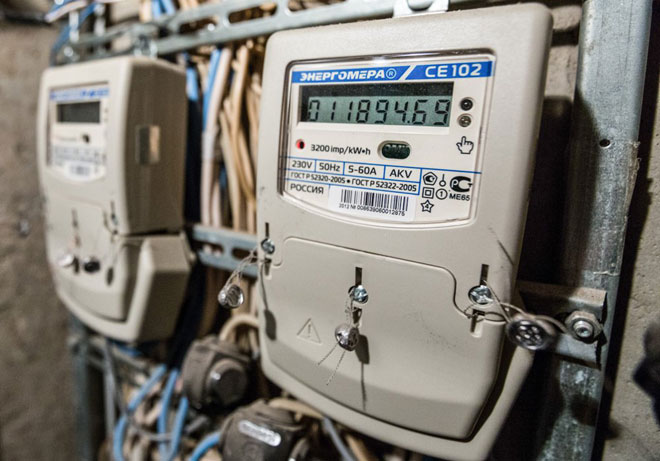
Independently, the error in the operation of the device can be determined as follows:
Three 100-watt incandescent bulbs are connected in parallel and connected to the mains. Other sources of energy consumption are switched off. The stopwatch records the time during which the disk makes five rotations, or the LED - 10 flashes.
The data obtained is entered into a special formula:
E = (P * T * A / 3600 - 1) * 100%
wherein:
- P is power consumption, kW;
- T is the time of one disk rotation, sec;
- A - gear ratio (indicated in the passport or on the meter case) is the number of revolutions of the disk per 1 kWh, imp / kWh
- E is the error.
For example: (0.3*(102/5)*600/3600-1)*100%=2%.
If the result is negative, the counter overestimates the readings. If positive, it is late.The permissible error is 2% in any direction. If this reading is higher, the device needs to be verified.
Types of verifications
According to Decree of the Government of the Russian Federation No. 250 of 04/20/2010, all types of electricity meters are included in the list of measuring instruments to be verified.
There are several types of electrical diagnostics.
Primary
Carried out at the factory and is a test of the functionality of the device and the compliance of the measured values with respect to established standards. During the diagnostics, the actual error is calculated, compared with the permissible one, the results are recorded in the technical passport for the electric meter along with the date of the work. With regard to foreign products, verification is carried out before importing into the country.
periodic
Produced by employees of the metrological organization, after the designated period of operation or storage of the device. In the course of it, the probability of issuing readings by the counter of the permissible degree of error is determined.
Extraordinary
It is carried out in the interval between periodic verifications. The reason for forced diagnostics may be:
- the need to replace the electric meter;
- repair of equipment;
- loss of technical documentation of the electrical appliance;
- at the request of the owner if there is any doubt about the correctness of the readings of the device.
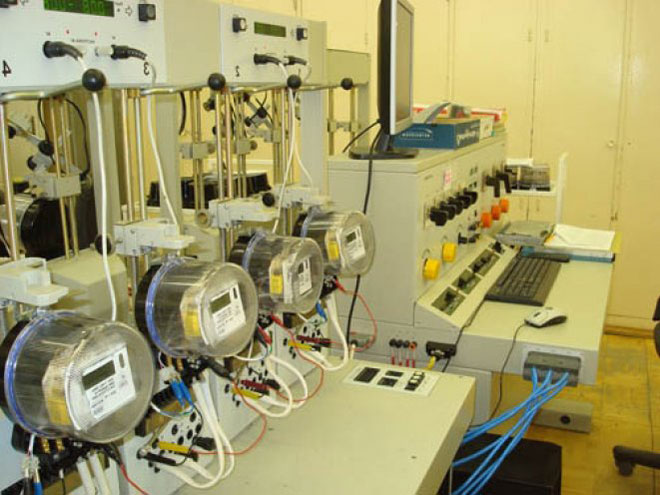
Do I need to calibrate new electric meters
An electric meter just bought in a store does not require verification. This is explained by the fact that each device has already passed this procedure after being manufactured at the factory. But if before installation the device was stored for a long time in a warehouse, then it is necessary to subject it to verification.
For different types of meters, the time interval allowed for storage in a warehouse is different. For single-phase devices, it is 2 years. Three-phase devices are stored for no more than a year from the date of manufacture. Therefore, companies involved in the sale of electricity meters began to make purchases in small batches so that at the time of sale of the device it did not expire.
Calibration interval for mechanical and electronic meters
The allowable period of operation of the meter between two verifications is called the verification interval, and each model of the device has its own. MPI is indicated in the technical passport by the manufacturer, and ranges from 4 to 16 years for different types of electricity meters. The date of the last verification must be indicated on the body of the electric meter.
For example, for a counter Mercury 230 MPI is 10 years, for Mercury 201 and Energomera CE 101 - 16 years.
single phase
For single-phase induction meters, the calibration interval is 16 years. The exception is devices in which the value of the rated current is 5 - 10 A, for electronic - from 5 to 16 years, depending on the value of the rated current.
Three-phase
The frequency of verification of three-phase induction electric meters is from 4 to 8 years. Every 4 years is required for electric meters with a rated current of 3x5 A. The rest require 8 years until the next verification.
For electronic three-phase meters, the calibration interval is determined for a period of 6 years.
Where to go for verification
To call a specialist, you must contact any metrological laboratory accredited for this type of activity.Its location can be found in the organization involved in the control of electricity consumption. The owner is obliged to deliver the meter for testing. Energosbyt notifies about the verification period. If the owner is not sure about the accuracy of the readings of the device, then he can initiate verification on his own, without waiting for the planned one. The owner has the right to independently choose a metrological organization.
What marks are made after verification
As a result of the tests, a certificate of verification or unsuitability is issued. The data includes the date and the degree of error that was found during the test. The counter is stamped with the mark of the believer.
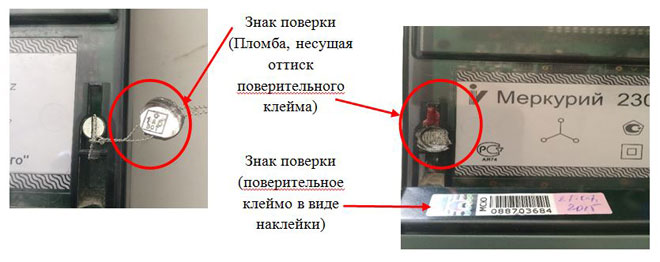
Is it possible not to remove the electric meter
Yes, there is such a way to check the accuracy of the electrical appliance without removing it from the workplace. For this, an agreement is drawn up with a metrological institution and the work is paid. An employee of the FMC with the necessary equipment arrives at the house. Carry out work according to the methodology for a specific model of the device.
The method of checking the meter at home is considered more appropriate, due to time savings. There is no need to wait in line for 2-4 weeks until the work is completed at the FMC.
How much does verification cost
The amount for checking the electric meter depends on the chosen institution, its urgency and the type of electric meter:
- induction single-phase meters - from 650 rubles.
- electronic single-phase meters - from 720 rubles.
- three-phase induction electricity meters - from 750 rubles.
- three-phase meters of electronic type - from 820 rubles.
The cost of the service is relevant for work in the laboratory. Does not include the cost of removing the device and its delivery.
The duration is approximately two weeks.
It is possible to order an accelerated verification, but the amount of payment for the procedure will increase:
- within 5 days - plus 25% to the amount;
- 3 days - plus 50%;
- 1 day - plus 100% payment.
As for verification at home, the price for it will be higher. Usually this includes the cost of shipping the necessary special equipment. A single-phase meter will cost 2,500 rubles, a three-phase one - 3,500 rubles. If the master arrived, and for some reason diagnostics were not carried out, the owner will have to pay 1000 rubles for a false call. If the verification has taken place, an additional payment of 1000 rubles is required for the issued duplicate confirming its completion.
For legal entities, the final amount for all services will increase by the VAT rate.
Verification without removing the device, although expensive, is less troublesome.
Who pays for the service
AT Decree of the Government of the Russian Federation No. 442 dated 04.05.2012 and item 145 it is said that all the costs necessary for the maintenance of the counter, its safety and soundness, are borne by the owner.
What to do if the verification period has expired
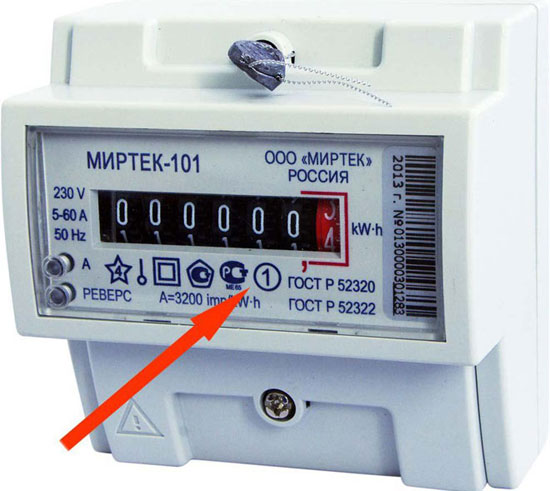
After the expiration of the verification period, they proceed depending on the accuracy class of the device. If the class is 2 or 1, then the device is verified. Do it within a month.
Electric meters with an accuracy class of 2.5 or more are not subject to verification and require replacement.
Is there liability for non-compliance with verification?
For non-compliance with the terms of verification of electric meters, no penalties are provided for the owner.
When the device expires, its readings are considered invalid. You will have to pay for electricity according to the standard, which significantly exceeds the actual use of electricity.
Energy sales staff draw up an act on unspecified electricity consumption, according to which a recalculation will be made from the date the verification period expires.

For the first four months, the amount for electricity consumption will be equated to the average monthly indicator, or to the data of the general house electric meter, and then in accordance with the established standards.
Conclusion
The owner of the electric meter must remember that control over the timing of verification and the relevance of their passage fall on him. Self-verification is prohibited and is considered invalid. It can only be performed by an accredited metrological laboratory. Timely verification of electric meters will save you from problems and conflicts with energy sales institutions and management companies.
Similar articles:
